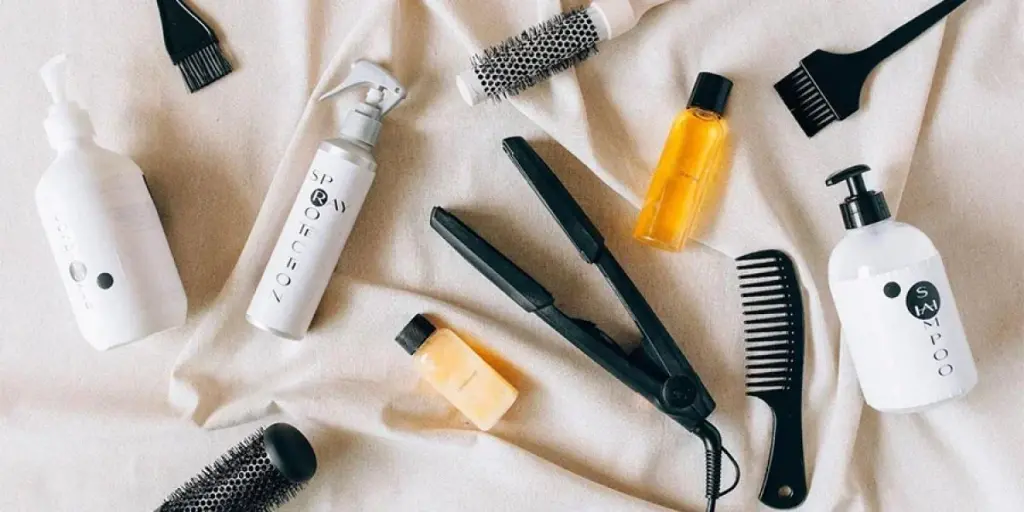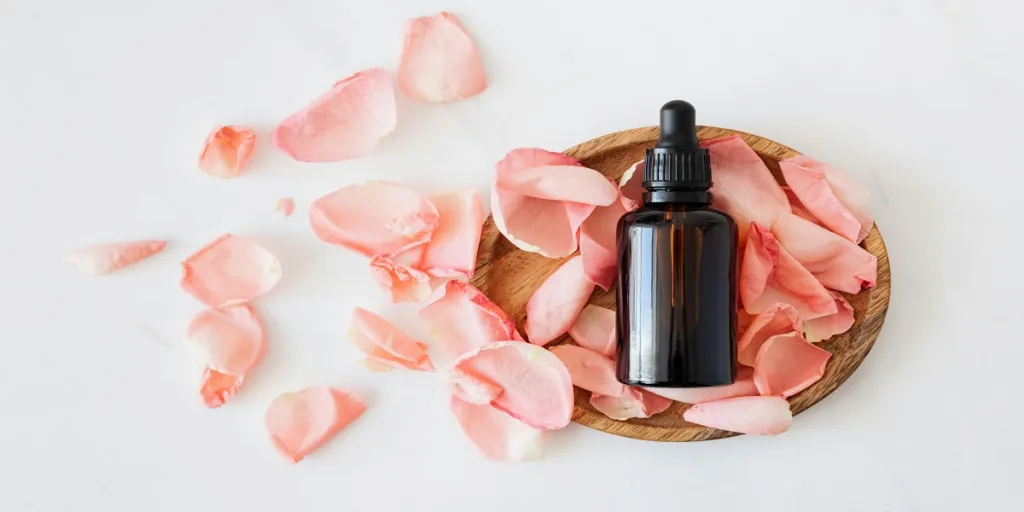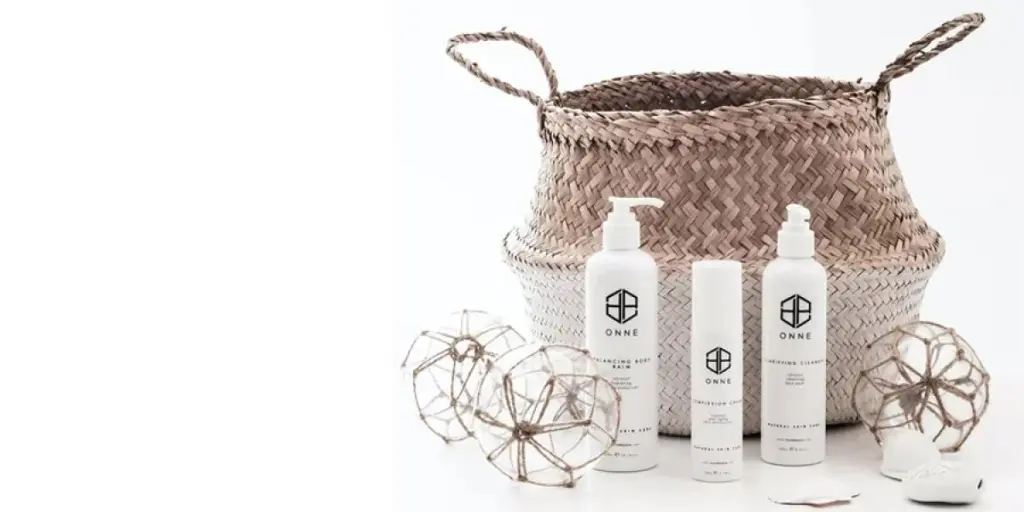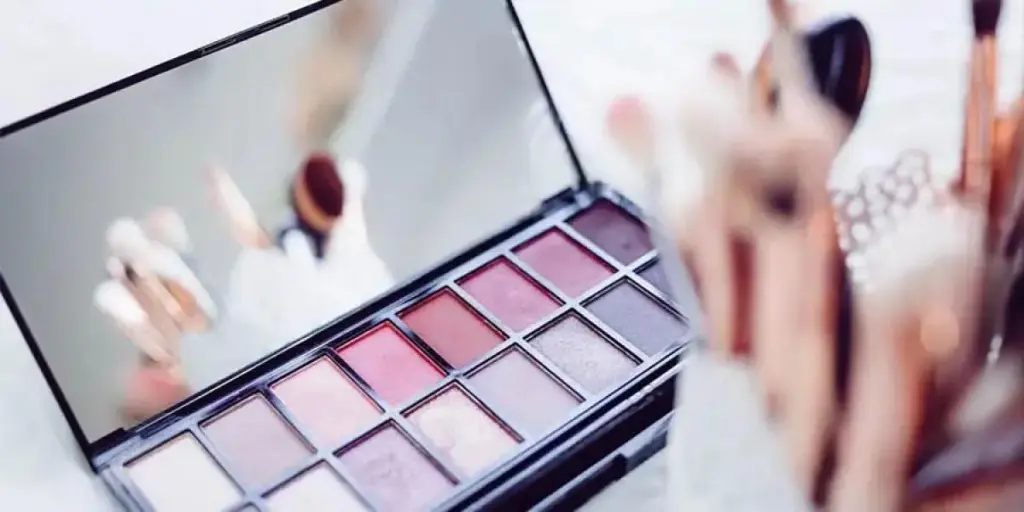In the dynamic $6.13 billion hair extension industry, raw Indian hair stands as the gold standard for quality and versatility. For procurement professionals and business buyers, understanding the nuances of this premium material is crucial for making informed sourcing decisions. This comprehensive guide delves into market insights, quality benchmarks, and procurement strategies that drive successful hair extension businesses. Whether you’re sourcing for manufacturing or retail distribution, mastering these fundamentals will enhance your competitive edge in the market.
Table of Contents
Understanding the premium hair market
Raw versus processed: Key differences matter
Quality indicators for smart procurement
Ethical sourcing and manufacturing insights
Selection and maintenance essentials
Conclusion
Understanding the premium hair market

The hair extension industry has evolved into a sophisticated market where raw Indian hair commands premium positioning. According to Indique Hair, the industry currently values at $6.13 billion, with raw Indian hair representing the highest quality segment in the market.
This premium status stems from unique market dynamics. Raw Indian hair is primarily sourced from South Indian temples, where it undergoes strict quality control processes before entering the global supply chain. This controlled sourcing channel ensures consistent quality standards, making it highly valuable for manufacturers and distributors.
What sets this market segment apart is its versatility in meeting diverse consumer demands. Raw Indian hair can be bleached to bright white tones, holds curls effectively, and maintains shine through various processing stages. For African-American consumers specifically, it’s often referred to as the “Bugatti” of hair extensions due to its superior blending capabilities with natural hair textures.
The market shows a clear preference for this material due to its cost-effectiveness in manufacturing. Despite being a premium product, the favorable labor costs in India enable manufacturers to maintain competitive pricing while delivering superior quality. This balance of quality and cost efficiency makes raw Indian hair particularly attractive for businesses looking to position themselves in the upper market segment.
Raw versus processed: Key differences matter

In the manufacturing pipeline, the distinction between raw and processed Indian hair significantly impacts both product quality and market value. Raw Indian hair refers to virgin human hair collected directly from donors, maintaining its unaltered cuticle alignment and natural characteristics. This preservation of natural properties creates a crucial advantage in manufacturing premium extensions.
The fundamental difference lies in the hair’s structural integrity. Raw Indian hair retains its complete cuticle layer, which runs in one direction from root to tip. This natural alignment results in minimal tangling and superior durability – key factors that directly influence product longevity and customer satisfaction. According to Noelle Salon, raw Indian hair extensions can maintain their quality for up to 24 months with proper care, offering manufacturers a significant selling point.
Manufacturing considerations also favor raw Indian hair. Its natural state allows for:
- Flexible processing options
- Better color absorption
- Enhanced styling versatility
- Superior heat tolerance
This versatility in manufacturing translates to broader product lines and increased market opportunities. The hair can be transformed into various textures while maintaining its inherent strength, making it ideal for creating diverse product offerings from straight to deeply curly patterns.
Quality indicators for smart procurement
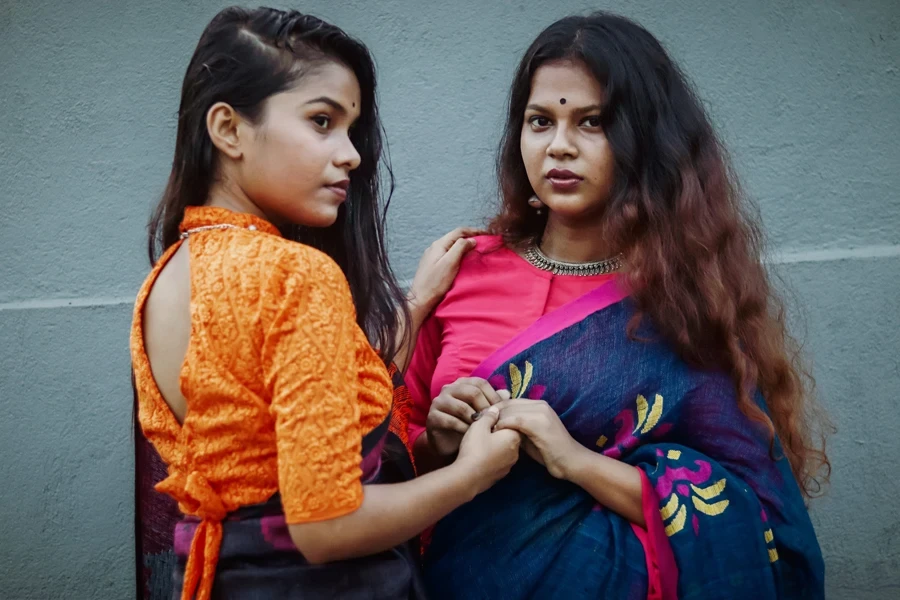
For procurement professionals, identifying high-quality raw Indian hair requires understanding specific quality benchmarks that directly impact product value. These indicators ensure consistent quality across supply chains and optimize manufacturing outcomes.
Primary quality markers include cuticle alignment and texture consistency. Premium raw Indian hair maintains uniform cuticle direction throughout the strand length, resulting in reduced tangling and improved longevity. During procurement, this can be verified through microscopic examination and texture evaluation. The hair should demonstrate natural shine without artificial coating – a key indicator of unprocessed quality.
Thickness and density metrics also play crucial roles in quality assessment:
- Natural thickness variations should be minimal
- Hair density should remain consistent throughout bundles
- Strand strength should withstand standard tension testing
Manufacturing considerations necessitate attention to length consistency. According to Indique Hair, premium raw Indian hair should never mix different lengths within bundles – a practice that compromises product integrity. ISO certification from suppliers provides additional quality assurance, validating manufacturing standards and processing protocols.
Color consistency represents another critical factor. Natural, unprocessed Indian hair typically ranges from dark brown to black, with subtle variations. This natural color range provides optimal bases for various processing requirements while maintaining structural integrity.
Ethical sourcing and manufacturing insights

Ethical sourcing practices have become increasingly crucial in the raw Indian hair industry, directly impacting brand reputation and market value. Understanding the sourcing ecosystem helps ensure sustainable supply chains while maintaining product authenticity.
Traditional temple sourcing remains the most reliable channel for premium raw Indian hair. This system operates through regulated temple authorities who manage hair donations as part of religious ceremonies. These established channels provide:
- Documented sourcing trails
- Quality verification processes
- Fair compensation systems
- Sustainable collection methods
Modern manufacturing demands transparency in sourcing protocols. Successful businesses implement traceability systems that track hair from collection points through processing stages. This documentation helps verify:
- Donor consent procedures
- Fair labor practices
- Hygienic processing conditions
- Environmental compliance
The manufacturing process should prioritize sustainable practices. Water conservation during processing, eco-friendly packaging solutions, and waste reduction protocols contribute to ethical manufacturing standards. These practices not only ensure regulatory compliance but also appeal to environmentally conscious consumers.
Establishing direct relationships with temple authorities and licensed collectors helps maintain consistent supply while ensuring ethical standards. Regular audit processes and compliance checks protect both product quality and brand integrity.
Selection and maintenance essentials

For procurement professionals, understanding selection criteria and maintenance requirements ensures optimal product lifecycle management and customer satisfaction. This knowledge directly influences inventory management and product positioning strategies.
Key selection criteria focus on practical aspects that affect product performance:
- Length uniformity within bundles
- Natural sheen without artificial coating
- Consistent texture throughout strands
- Minimal short hair content
- Double-drawn quality standards
Storage and handling protocols significantly impact product quality:
- Temperature-controlled environments (20-25°C)
- Humidity regulation (40-50%)
- Protected storage systems
- Proper bundle organization
- Regular quality inspections
Maintenance guidelines should be documented for both wholesale and retail customers:
- Proper washing techniques
- Heat styling parameters
- Storage recommendations
- Product compatibility guides
- Care schedule templates
These protocols help maintain product integrity throughout the supply chain while providing value-added information for end-users.
Conclusion
The raw Indian hair market presents significant opportunities for businesses that understand and implement proper sourcing, quality control, and maintenance protocols. Success in this premium market segment requires attention to ethical sourcing, quality benchmarks, and proper handling procedures. By implementing these guidelines, businesses can establish strong market positions and build sustainable operations in the premium hair extension industry.
For optimal results, focus on developing strong supplier relationships, maintaining rigorous quality control systems, and providing comprehensive product support. The investment in proper procedures and protocols will yield long-term benefits in market positioning and customer satisfaction.

